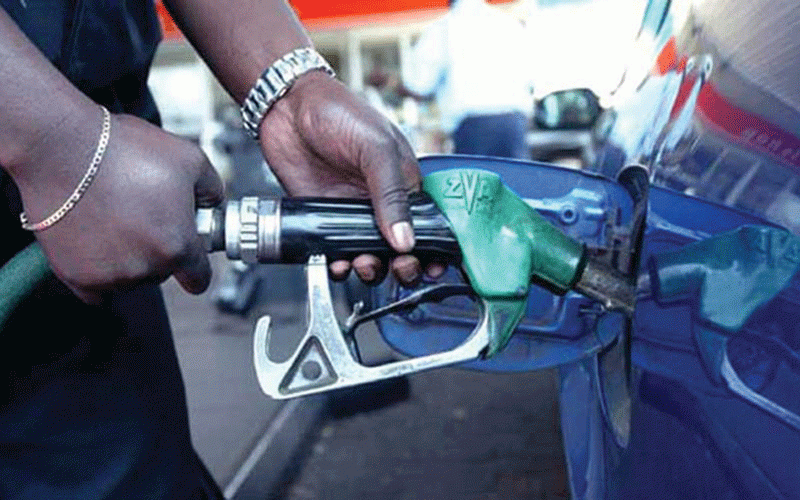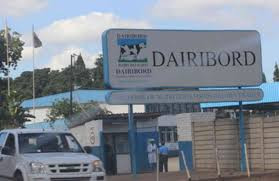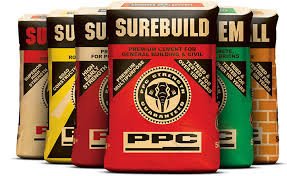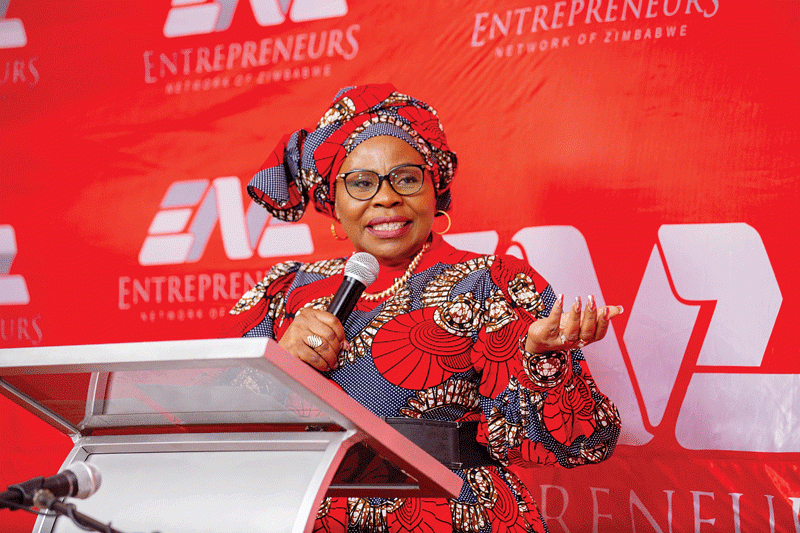
THE Zimbabwe Energy Regulatory Authority (Zera) says the country’s high fuel pump prices are due to a high tax cost structure for petrol and diesel, compared to those obtaining in the region.
Zimbabwe’s fuel prices are considered some of the most expensive compared to other countries in the Sadc bloc.
Previously, social justice watchdog, the Zimbabwe Coalition on Debt and Development, attributed this phenomenon to a market monopoly by the government.
Presenting on Zimbabwe’s fuel pricing model at a two-day media workshop, in Bulawayo last week, Zera financial analyst Farai Siwadi said the country’s taxes and levies take up US$0,52 and US$0,54 per litre of diesel and petrol pump price.
“This has been a very common topic that fuel in our Zimbabwe is the most expensive in the region. It comes down to the price build-up costs and the taxes and levies that I mentioned. If you compare our counterparts’ price build-up with ours, there is a difference because our taxes are a bit on the higher side compared to theirs,” he said.
“If you look at our country, we are a landlocked and we have to import fuel from other ports of other countries which receive the fuel directly from port. We cannot compare our price build-up with Mozambique or South Africa.
“The taxes for us constitute about US$0,52 of the prices. So, that is one of the major costs that can differentiate our prices.”
Currently, the price per litre of petrol and diesel is US$1,51 and US$1,52, respectively, in Zimbabwe.
- Zera slashes fuel dealership licence renewal fees
- Zera hikes LPG prices
- Zera ponders over energy crisis
- Petrol, diesel prices go up
Keep Reading
However, compared to other Sadc landlocked countries, Zambia’s price per litre of petrol and diesel is US$1,21 and US$1,12, respectively, Botswana (US$1,10 and US$1,12), Malawi (US$1,45 and US$1,57), Lesotho (US$1,07 and US$1,08), and Eswatini (US$1,17 and US$1,22).
Siwadi said that on top of the levies and the taxes, oil companies and fuel retailers put their margins for profit.
“We also have the pipeline fee and the financing costs. After the financing costs, that is when we get the total related costs,” he said.
“Then, from total related costs, we go to taxes and levies, where we will include duties, scenario levy, carbon tax, strategic reserve levy. and petroleum levy. These five items will give us what we call the total taxes and levies, which constitute about US$0,54 for diesel and US$0,02 for petrol.”
He added that there were also administrative costs, which included the storage and handling fees as well as clearing and analysing fees, which were around US$0,54 per litre for both petrol and diesel.
Siwadi also noted blending costs, which only affected petrol as the liquid fuel was the only product that was blended.
“Then we have distribution costs, where the margins of dealers and the margins for oil companies will be put to arrive at our final pump price, which is US$1,52 for diesel and US$1,51 for petrol,” he said.
Siwadi noted that premium costs such as traders’ margin, freight, ocean losses, leverage, warpage, insurance and financial costs were also major cost drivers. There are two major cost drivers which are external and internal.
Zimbabwe has no control over external cost drivers but can manage the internal costs he said.











